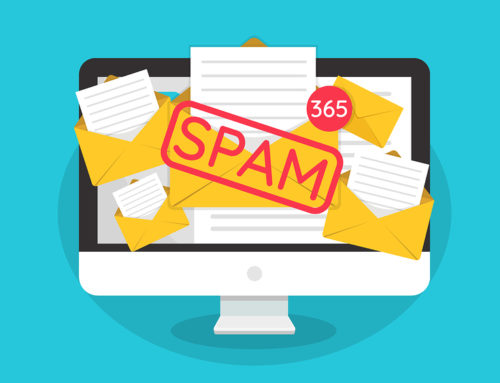Today we have more goodies from Tom Ahern on how to write more successful fundraising newsletters. Don’t forget he joins us next week for our new e-clinic Donor Newsletters That Raise More Money. We have just 8 seats left! ~Kivi
Guest Post by Tom Ahern
Simone Joyaux calls them “extraordinary experiences.” It’s a phrase she adopted into the fundraising profession from some other deep thinker whose special study is customer satisfaction.
They are those unusual, eye-opening, “ah-ha!” personal experiences that draw your donor deeper into your organization.
They can be anything.
Sometimes they’re just a few moments long. A board member surprises a new donor with a phone call saying “thank you” for that first gift. Maybe a little conversation ensues.
Sometimes, though, they are unforgettable “sense memories.”
Sense memories are those that linger because you have personally touched, heard, seen, smelled, or tasted something remarkable. Sense memories can (science says) last a lifetime.
- A zoo offers its donors a well-supervised chance to feed wild animals.
- A fundraiser for a charity that aids immigrants brings her donors along to the airport to greet new refugees. If there’s a child arriving, the donor gets a teddy bear to offer as a welcome.
- A hospital conducting research on Alzheimer’s invites donors to watch a surgeon probe the brain of a cadaver, looking for clues.
- A museum director leads the way into climate-controlled vaults where restoration work is done … and hands the donor a perfectly balanced 2,000-year-old sword that feels alive … and murderous.
- Supporters of a women’s fund attending the annual gala watch a deeply moving little documentary of a single mom’s painful but successful struggle to reinvent herself. The room goes black. A spotlight strikes the podium – and there’s the star of the documentary herself, offering donors her personal thanks. Tears flow. Checkbooks open.
All true instances, incidentally.
Donor newsletters: Extraordinary experiences … for the rest of us
The only problem with extraordinary experiences is this: they reach so few people.
Audience penetration is likely to be by the onesies and twosies. For every donor that does enjoy an extraordinary experience with your organization, there are probably dozens, maybe thousands, who never get the chance.
To the rescue: the humble charity newsletter.
Your newsletter is the single best way I know to deliver extraordinary experiences into every donor’s home on a regular basis.
One of Adrian Sargeant’s seven principles that lead to highly loyal donors is this: “Donors are learning. You’re taking them on a journey.”
Fundraisers used to talk about “educating the donor.” By which they meant turning outsiders into insiders.
If you banged on long enough, the theory went – pounding statistics into donors’ thick skulls – then eventually they would see the problem the way staff saw the problem and begin forking over more money. It made sense, in a cartoon Neanderthal sort of way: you get the girl, not by wooing her … but by knocking her unconscious with your intellectual club.
It didn’t have a prayer of working, of course; as any respectable psychologist will attest. Educators, here is what your donor wished to scream in your face: “I do not want to go to your school. If you think passing a test on a charity is some kind of pleasure, think again. I will bloody well ‘educate’ myself, thank you. And, by the way, your statistics are a big, smelly bore.”
Today, we call the “getting to know you” process by a kinder, gentler name: “cultivation.” Of course, the ultimate goal is still the same, despite the name change: “More money, please.”
But the change isn’t just cosmetic. True cultivation really is different. Much nicer. Less imperious. Organizations deliver fewer lectures. They put away the charts and graphs. They tell more stories.
They focus on delivering emotional gratification to their donors (at least, the most successful do).
Savvy organizations flatter the donor. Savvy organizations tell their donors how important they are. And – key point – savvy organizations are totally sincere in their flattery. Because donors are desperately important in the nonprofit world. They are your investors. They are your fuel.
And their continued loyalty is the real reason for your newsletter.
This post originally appeared on Tom Ahern’s site.
Tom Ahern is often described as “one of the world’s leading authorities” on how to speak properly — and profitably — to donors. He’s authored four well-received how-to books on donor communications, and delivers dozens of workshops internationally on the techniques of successful fundraising communications. A constant practitioner, Tom writes fundraising materials for some of America’s leading nonprofits, constantly honing his specialties of donor newsletters, direct mail, and case statements. Get Tom’s training and advice on your donor newsletter during the Donor Newsletters That Raise More Money at Nonprofit Marketing Guide this month.







